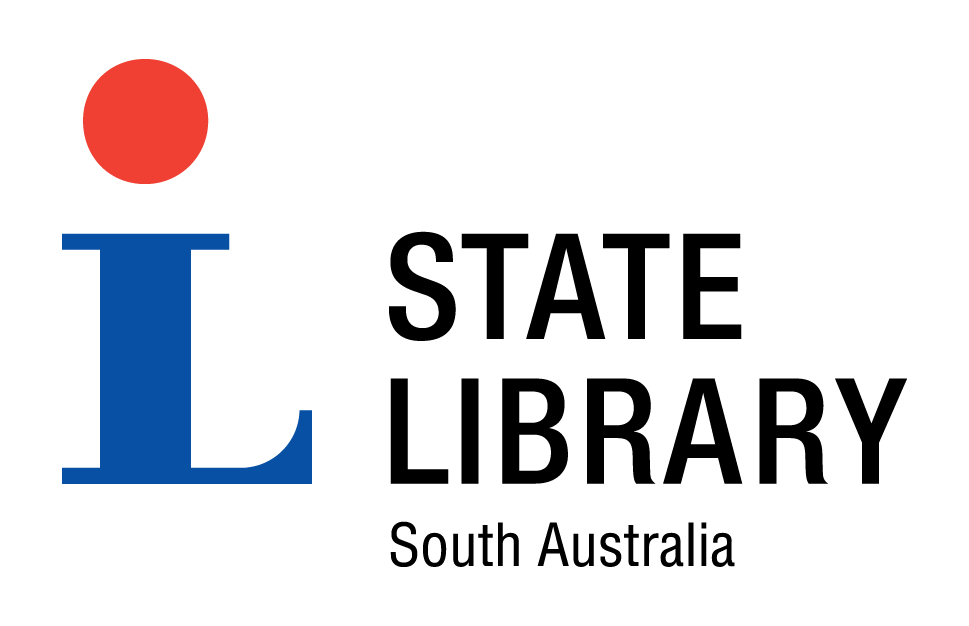
Naturally the vote was 'yes' |
|||
|---|---|---|---|
| Title : | Naturally the vote was 'yes' |

|
|
| Source : | News, 27 May 1967, p. 1, col. b | ||
| Format : | Newspaper | ||
| Contributor : | State Library catalogue | ||
| Catalogue record | |||
| The State Library of South Australia is keen to find out more about SA Memory items. We encourage you to contact the Library if you have additional information about any of these items. | |||
| Copyright : | This item is reproduced courtesy of Advertiser Newspapers Pty Ltd. It may be printed or saved for research or study. Use for any other purpose requires written permission from Advertiser Newspapers Pty Ltd and the State Library of South Australia. To request approval, complete the Permission to publish form. |
| Description : |
Article featuring Mrs G.Tongerie and her two sons Michael and Dennis, at the Enfield primary school, representing Aboriginal Australians at voting booths. Coincides with the 1967 Referendum. The 1967 referendum - to make two amendments to the Constitution relating to Indigenous Australians - received an overwhelming 'yes' vote of 90.7%. These amendments recognised Aboriginal and Torres Strait Islander people as citizens of the Australian community. One amendment enabled the Commonwealth to make laws with respect to Aboriginal peoples, providing uniform laws throughout Australia and in doing so, recognising the Commonwealth Government's resposibility for the treatment of all its citizens. Previously differing laws had previously been in force in the states and territories. The second amendment ensured that Aboriginal peoples would be included in the national census, and have the same citizen rights as other Australians. Many events increased an awareness of indigenous issues, developing support for the 'yes' vote. Several associations supporting rights and recognition for indigenous peoples had been founded, such as the Association for the Protection of Native Races, Australian Aborigine Progressive Association, Australian Aborigines League (Vic), and Aborigines Progressive Association (NSW). In the late 1950s the Federal Council for the Advancement of Aborigines and Torres Strait Islanders was formed, actively campaigning for constitutional change. In 1962 the 1902 Commonwealth Electoral Act was amended to grant universal suffrage in Federal elections to indigenous Australians. In 1965, Indigenous and non-Indigenous students from Sydney conducted 'Freedom Rides', travelling around country towns of New South Wales in protest against segregation and living conditions of Aboriginal people. Media attention revealed these conditions to a wider audience. In 1966 the 'Wave Hill strike' of the Gurindji people, workers on the Vestey station in the Northern Territory, demanded that their lands be returned to them. In December, Prime Minister Sir Harold Holt signed the United Nations International Accord for the Elimination of All Forms of Racial Discrimination, encouraging review of the 'White Australia' policy. Under mounting public pressure, Prime Minister Holt presented a referendum for Australians to vote. Following the 'yes' victory, the Council for Aboriginal Affairs was set up, and for the first time Aboriginals had some influence over the policies that governed them. |
| Subjects | |
| Coverage year : | 1967 |
| Period : | 1946-1979 |
| Further reading : | The 1967 referendum: South Australian education pack. Adelaide: Reconciliation South Australia Inc. and Department of Education and Children's Services, [2007] Attwood, Bain The 1967 referendum, or, When Aborigines didn't get the vote / Bain Attwood and Andrew Markus; in collaboration with Dale Edwards and Kath Schilling. Canberra: Aboriginal Studies Press, 1997 |
| Internet links : | 1967 referendum Radical Dream, SA Memory |


